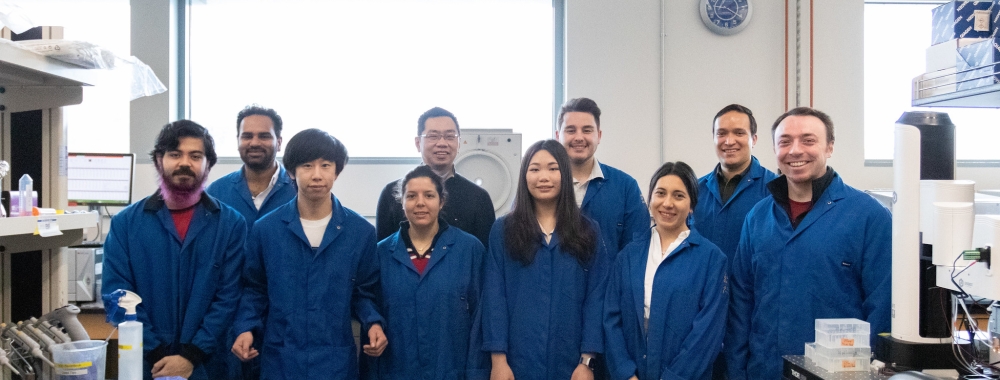FAQ Guidance on Safety Culture
- What is safety culture?
There are many definitions but an easy one is if “culture” is how we do things here, then “safety culture” is how we do safety here. Clearly, it involves behaviors, actions, beliefs, values, and group norms. - How can I see it?
You can easily see it from within the group by observing folks. How do they discuss safety, act on it, and not act on it. Unless you are within it, or better yet doing ethnographic research, you may not see it. - Can I easily measure it?
Because it involves behaviors, beliefs, values, and norms, it isn’t easy to measure. - If not safety culture, what else could I easily measure?
The consensus is that “safety climate” (how we think about safety culture) is easier to measure than safety culture (the norms, values, behaviors, etc.). Even this is challenging but is possible. - Are there certain factors or areas that a group might consider relative to their safety culture?
Some areas to consider might include communication, mistakes, lessons learned, caring about each other, trust, training, learning, power dynamics, hazard assessment, relative risk, mentoring, etc. - What are some starting points for drafting a safety culture statement for a team or group?
Some helpful starting points or prompts might include:
- How will we show we care about each other?
- How will we ensure effective communication?
- What are our values? Where does safety fit in?
- How will we assess hazards as they change?
- How will we learn as a group?
- How will we respond to incidents including close calls?
- How will we ensure that all voices are heard?
- How will we grow and mature as a team?

